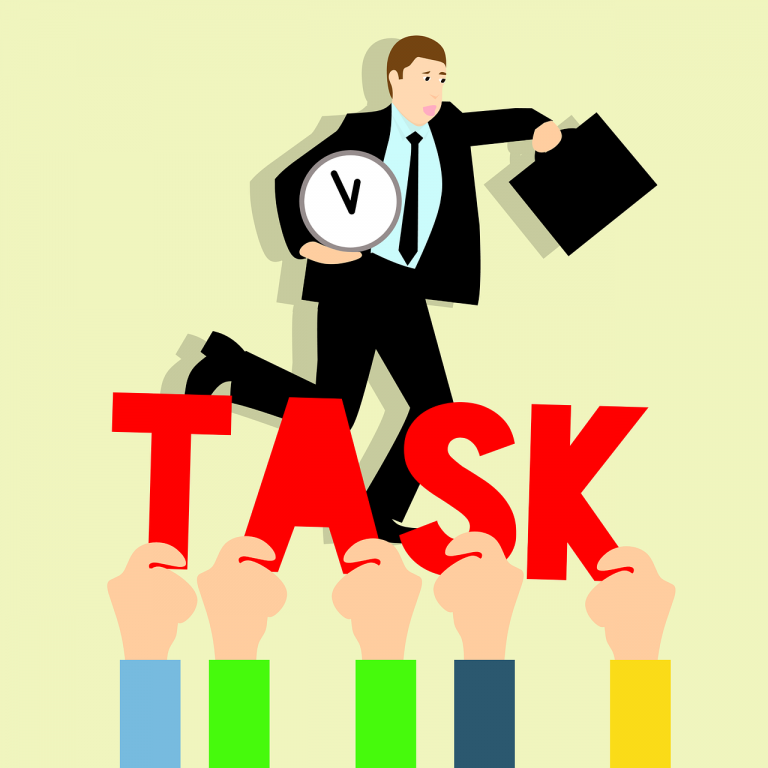New Year, New You?
You leave old habits behind by starting out with the thought, ‘I release the need for this in my life.’ — Wayne Dyer
If you are like 93% of people, you pay for at least one subscription, membership, or app that you do not use. That is, for all they ways you could spend your money, part of you has decided to continue paying a corporation for services you rarely utilize.
So why do you do this?
 WHAT’S IN A MEMBERSHIP?
WHAT’S IN A MEMBERSHIP?
In earlier times, people’s subscriptions primarily consisted of two things: magazines/newspapers and gym memberships. Today, a wide variety of goods, services, and much more are obtained through a subscription model.
For example, many TV shows (through Netflix, Hulu, etc.), digital services, such as cloud storage or Microsoft Word, even clothing and groceries are often managed through a subscription model.
In fact, the “subscription market” has grown by more than 100% in each of the last five years, generating revenues in excess of $2.6 billion annually (Savary & Dhar, 2019; p. 887).
However, a decent chunk of these profits come from people like you and me: Those of us who retain our subscriptions to various services or products without adequately taking advantage of them.
So why do we keep needlessly sticking our money in corporate pockets?
WHO ARE YOU?

In a real-world study looking at a very similar question, researcher Ayelet Gneezy and her colleagues found that people were actually less likely to buy the photo when consumers could name their own price (vs. when consumers were given a low but fixed price). That is, even though the “name your own price” option allowed consumers to pay less than any fixed price the company indicated, people were less likely to buy a photo under these conditions.
The researchers explain that people worry they will pay an “inappropriately small” amount for the photo, which would thereby signal to others that they are cheapskates, ungrateful, etc. In essence, we care a lot about how our consumer purchases reflect our identity. And when it comes to our subscriptions, a very similar phenomenon is occurring.
SUBSCRIBING TO MYSELF

Across multiple different types of subscriptions, study designs, and samples of participants, the more uncertain people were about their sense of self, the more likely they were to hold on to unused subscriptions. Essentially, people use their subscriptions to help define themselves.
For example, even though you may not listen to audiobooks very frequently, you may retain your Audible subscription (i.e., a monthly service providing audiobooks) to help maintain that identity of being a “book lover.” Similar things happen for people who retain gym memberships, music or magazine subscriptions, or anything else that might be reflective of one’s identity.
So, when it comes to your own subscriptions, which ones are you holding on to in order to simply say something about “who you are?” For tips on how to overcome the identity-signaling motives of unused subscriptions, check out today’s Psych•o•philosophy to Ponder section!
Identityly,
jdt
Everyday Psychology: Fortunately for you, a subscription to this site is free, meaning you can signal your identity of being an open-minded, intelligent individual without losing any money (even if you don’t read all the posts). But how can you motivate yourself to get rid of your other, actually costly subscriptions? First, it’s important to recognize your true motivation for keeping your subscription: Do you actually use it? Or do you just like the “idea” of having it? Second — and from the research described above — here’s a simple exercise to help overcome that identity-relevant motivation. That is, try spending a few moments thinking and then writing about a personal possession that especially reflects who you are—what it is, why you value it, how exactly it reflects who you are. In the study where this procedure was employed, the researchers found that participants were more willing to unsubscribe to their unused subscriptions after doing this simple exercise!
Gneezy, A., Gneezy, U., Riener, G., & Nelson, L. D. (2012). Pay-what-you-want, identity, and self-signaling in markets. Proceedings of the National Academy of Sciences, 109(19), 7236-7240.
Savary, J., & Dhar, R. (2019). The Uncertain Self: How Self-Concept Structure Affects Subscription Choice. Journal of Consumer Research.







